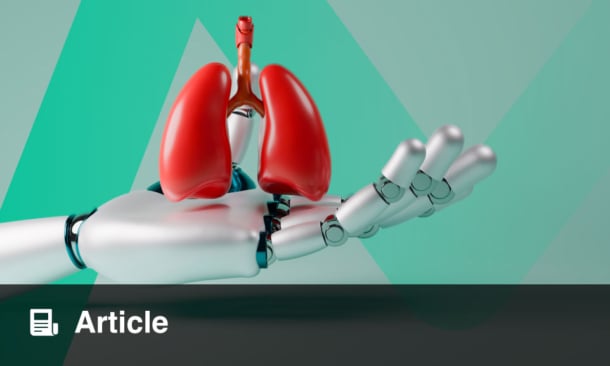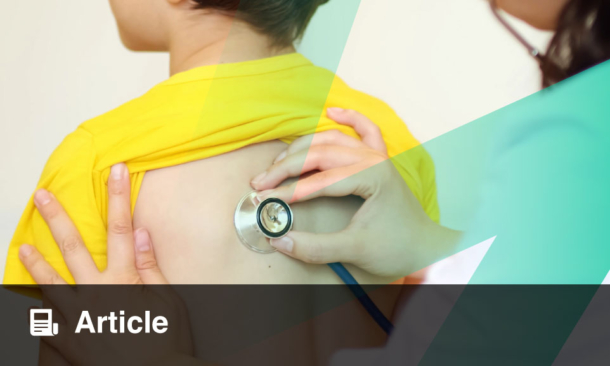NEW evidence suggests that PET/CT imaging significantly influences initial biopsy decisions in patients with lung nodules at intermediate-to-high risk of malignancy, potentially altering clinical pathways and reducing unnecessary procedures.
The PET-FIRST study was a prospective analysis conducted at two tertiary hospitals, evaluating the impact of fluorodeoxyglucose PET/CT on biopsy decisions for pulmonary nodules. Patients with a ≥10% risk of malignancy according to the Brock score were reviewed by a study-specific multidisciplinary team, independent of routine tumour boards. Each case underwent a two-stage decision-making process: first, biopsy plans were made based solely on referral CT imaging; then, after unblinding PET/CT results, the multidisciplinary team reassessed biopsy recommendations. The primary outcome was any change in biopsy decision following PET/CT review.
A total of 168 patients were enrolled, with 53% ultimately diagnosed with malignancy and 44% with benign disease. PET/CT findings led to a change in biopsy decision in 59 cases (35%). Specifically, in 42 patients (25%), PET/CT altered the decision on whether or not to proceed with a biopsy at all (p<0.01). Sensitivity analyses confirmed consistent impact of PET/CT across the full spectrum of Brock risk scores. Notably, PET/CT results also prompted biopsy of alternative sites rather than the primary nodule in some cases. The estimated overall cost saving through procedure avoidance was AUD 60,796 (or AUD 362 per patient).
These findings support the integration of PET/CT prior to biopsy in patients with intermediate-to-high-risk lung nodules, as it meaningfully refines diagnostic planning. Incorporating PET/CT early in the diagnostic algorithm may optimise biopsy targeting and reduce unnecessary interventions.
Reference
Fielding D et al. Biopsy decision for intermediate-high-risk lung nodules is significantly changed when guided by prior positron emission tomography/CT (PET/CT) results: results of the prospective PET-FIRST study. BMJ Open Respir Res. 2025; DOI: 10.1136/bmjresp-2024-002553.







